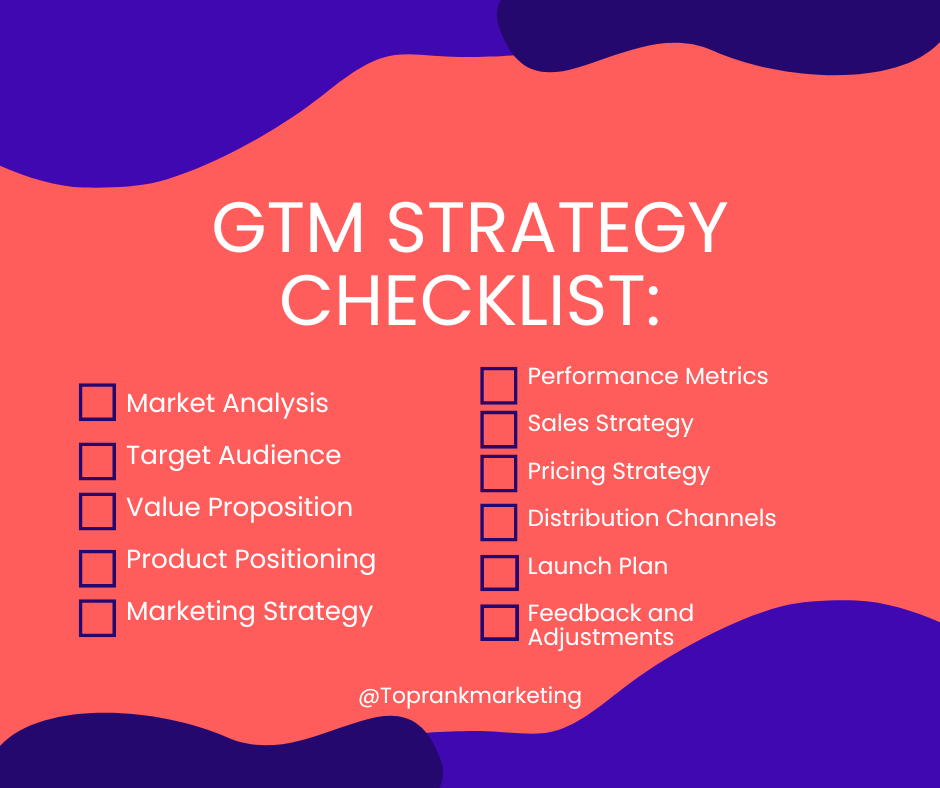Business Strategy: What It Is & How to Build an Effective One

By cchi@hubspot.com (Clifford Chi)
In the business world, professionals are obsessed with tactics because they can help them meet their short-term goals. But if all you do is focus on the short-term, you won’t spend enough time or energy figuring out how you can succeed in the long-term.
Fortunately, building a strategy can help you achieve both your short-term and long-term goals. Strategy focuses on principles, which help you think, instead of tactics, which help you execute, so it allows you to concentrate on why your business does certain activities, not just how you do them or what you do. Read on to learn exactly what a business strategy is and how you can build an effective one today.
Your business strategy should be based on your overall vision for the company. For some brands it will be global market expansion. For others it may be more important to double down investing in existing markets they are already successful in. Regardless of your end goals, creating an effective business strategy will require thorough research beforehand.
1. Identify your business’ aspirations and values.
In business, traditional goal setting lets you measure what you do, but it doesn’t lend itself to gauging how you do it or why. And if you only focus on the results, it can sometimes incentivize you to take a course of action that prioritizes your organization’s needs over your customers’ needs.
To help you focus more on your purpose and process instead of just your results, consider setting and anchoring to an aspiration, or your vision for your business in the future when building your business strategy — it’ll inspire you to do work that better serves your customers. Once you set an anchor to an aspiration, you can add your goal to the equation, which will help you simultaneously produce customer-centric work and hit your numbers.
2. Conduct a self-assessment.
Once you’ve figured out your business aspirations and values, it’s time to conduct a self assessment to help you evaluate the best avenues for business growth and success.
You can do this by conducting a SWOT analysis to identify strengths, weaknesses, opportunities and threats to your business. What do you do well and how can you capitalize on that? What can be improved and how?
3. Pinpoint which segments of your market you want to capture.
Your product or service most likely isn’t the best fit for your entire market, so it’s crucial to pinpoint the segment or segments of your market that benefit the most from your product or service.
Customers who genuinely need and want your product or service are also the customers who retain the longest and are least likely to churn, boosting your customer lifetime value and lowering your customer acquisition costs.
4. Determine how you’ll beat your competition.
Ricky Bobby’s legendary saying …read more
Source:: HubSpot Blog









